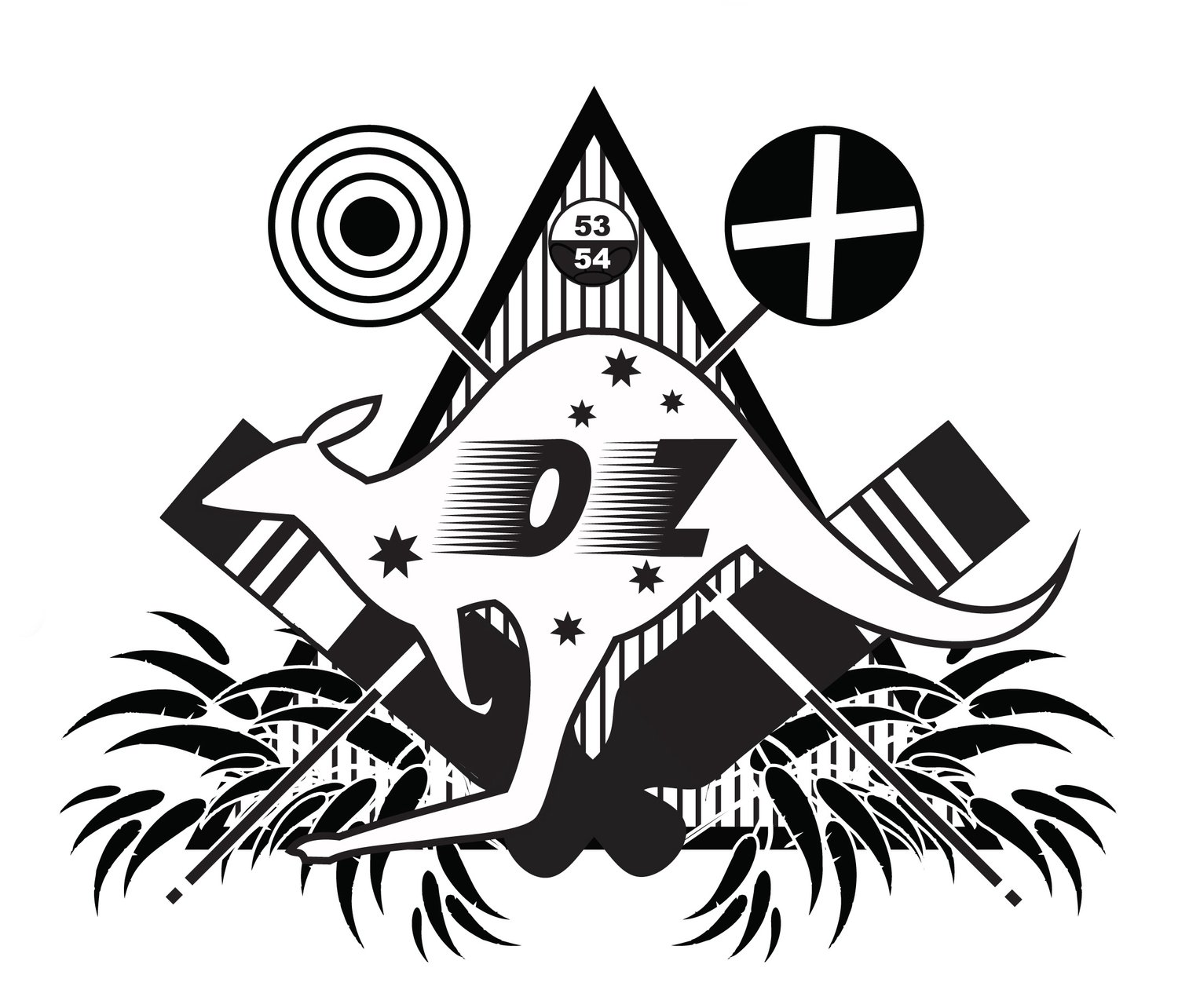The origins of Prigus Sport are in a small town in the Northeast corner of Georgia named Rabun Gap. Home of the Bengal Tigers, the first professional Prigus Sport League team. The Prigus is the game ball. It was named after a tiny field lizard that inhabited the farms around that that time. Sadly, the Prigus lizard went extinct after a short-run craze of Prigus lizard-skinned billfolds swept the state. As a tribute to this tiny unfortunate lizard, they named the game ball and eventually the sport after it. In present day, it’s about the size of a tennis ball, but has a hot pink suede skin and is solid rubber on the inside (the hot pink color was later adopted to be better seen on the field). There used to be a rubber factory that supported the town of Rabun Gap in the 1920’s making rubber the game’s ball of choice and it has stayed that way ever since. During WWII the ball was adapted due to the rubber shortage. A two-inch circle was removed from the middle of the ball making it no longer solid. This change made the ball lighter, faster and caused fewer injuries. The American Dingo, a breed of dog known around Rabun Gap who liked to eat the tiny lizards kept getting involved in the games and eventually adopted into the sport. The Dingo became important to the team playing the part of a sprinter and carrier of the Prigus ball up the field and giving it to player to score. The American dingo are extremely smart dogs and easily trained which made them an amazing part of the evolution of Prigus Sport.
Dawn of prigus sport, Rabun Gap, Bengaled Tigers, Georgia 1922
Early team mascot Rabun Gap, Georgia 1922
"Winston Legthigh" Rabun Gap's Prigus Dog
The sport became a staple of entertainment for the town of Rabun Gap. A couple farms in the area put teams together and they played teams from other farms in the area. Eventually a couple of colleges in the area picked up the sport and slowly integrated it in their programs. As soon as Prigus entered the collegiate arena the sport took on a new life and became better equipped and was further developed. A regulation sized 200 yard field was created and official paddles and pins were established and became a standard. Like most good things it grew and started to spread up north. It quickly became very popular on the East Coast with the proximity of colleges. It took Prigus five years to move as far west as Colorado. Shortly after the sport’s rocky mountain induction Prigus teams were established in Nevada, then Southern California, and all the way up to Oregon. The teams were competing regularly in the college season. The demand for a longer season was finally met when 18 cities were specially selected for pro teams. Another major expansion period of the sport occurred during the years of 1962-1967 where 10 teams were inducted three of those teams were Canadian.
Sir Ashsoj Coveth circa 1927 Hall of Fame three time Prigus Champion standing in front of the Monroe family farm in Nacoochee. The natural untouched beauty of the country and woods was the birth place of Prigus Sport. Someone asked me “Is this heaven and I said no I think it Naccoochee, but it’s pretty good huh?”
Rabun Gap Tigers 1998 Championship team Top Row left to right- Chile McCabe, Scott Reynolds, Jerris Rasmussen, Lucky Guardado, Raleigh Lang, Kurtis "legs" Schureman, Jerpener Ramb, David Carl Hopkins, Bobby Minnehahaw, BG Wittacker. Bottom Row- Stuack Evens, Garreth "Crippler" Musgrave, Jethro Hull, Matthew Kyle Rabinowicz, Spaulding Brong, Chris T'Blanchard, Ryan Milnerinsky Craigory Rose





